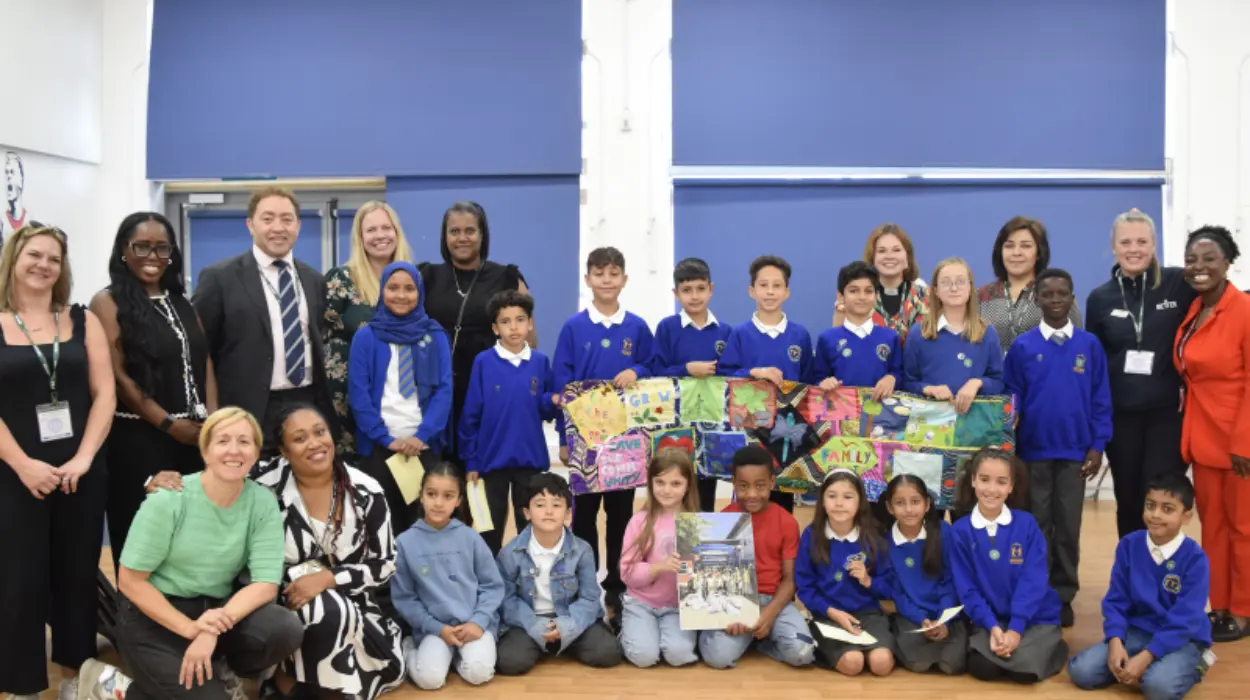Key Points
- Leytonstone Primary School hosted an assembly focused on street safety for its pupils.
- The assembly aimed to educate children on safe behaviours while walking and crossing streets.
- Local police officers and community safety officials participated to provide expert advice.
- The event was part of a broader initiative by the local council to reduce child pedestrian accidents.
- Parents and teachers emphasised the importance of reinforcing street safety education beyond the school environment.
- The initiative aligns with ongoing community efforts to enhance child safety in Leytonstone and neighbouring areas.
- The assembly included interactive sessions and demonstrations to engage young learners effectively.
What Happened at the Leytonstone Primary School Assembly on Street Safety?
According to the reporting by journalists at The East London Observer, Leytonstone Primary School recently held a comprehensive assembly dedicated exclusively to educating pupils about street safety. This initiative was designed to provide children with practical knowledge and awareness about how to navigate streets safely, particularly focusing on pedestrian behaviours such as crossing the road properly, understanding traffic signals, and recognising potential hazards.
This assembly was not merely a talk but involved local police officers who brought real-world expertise into the classroom setting. The officers demonstrated safe crossing techniques, explained traffic signs, and engaged pupils through interactive discussions, making the learning experience both informative and enjoyable.
Who Participated in the Street Safety Assembly and What Was Their Role?
Local law enforcement and community safety officials played a pivotal role in the assembly, as reported by Laura Jennings of The Leyton Gazette. The presence of police officers served a dual purpose: to lend authority to the street safety messages and to build trust between young residents and emergency services. Officers detailed the dangers of distracted walking, the importance of staying visible to drivers, and illustrated how to make safe choices as pedestrians.
Additionally, representatives from the local council’s child safety unit were present to underline the importance of collective community responsibility for child safety. They outlined ongoing and upcoming initiatives aimed at making Leytonstone’s streets safer for children. The involvement of several community stakeholders emphasised that street safety goes beyond individual instruction and needs a coordinated approach.
Why Is Street Safety Education Important for Leytonstone Primary Pupils?
As noted by Emma Clarke in The London Community Chronicle, the reason for focusing on street safety at an early age is grounded in data pointing to the vulnerability of children as pedestrians. Statistics from the local council reveal that child pedestrian accidents, though reduced in recent years, remain a concern in the Leytonstone area due to busy streets and increasing traffic volumes.
The assembly directly supports the local council’s roadmap to further decrease these accidents by equipping children with knowledge and habits that encourage safer street crossing and behaviour. Parents and teachers present at the event stressed that learning these lessons at school is critical but must be reinforced at home and in daily routines to be truly effective.
How Did the Assembly Engage Children in Learning About Street Safety?
Interactive methods were a highlight, according to the coverage by Jessica Ford of East London News Today. The assembly incorporated role-play exercises where children practiced crossing the road in a mock street setup, recognising various safety signs, and responding to hypothetical traffic scenarios. This hands-on approach was intended to ensure children not only heard about safety rules but could apply them practically.
The police officers also used visual aids, such as colourful charts and videos, to keep the pupils engaged. Participation was encouraged throughout the session, allowing children to ask questions and voice concerns about their experiences. This interactive strategy proved effective in maintaining pupils’ attention and reinforcing key messages about personal safety.
What Community Efforts Support Street Safety Beyond the Assembly?
The assembly forms part of a wider initiative by the Leytonstone council and local safety organisations. In an interview cited by Robert Mills from The London Borough News, council safety officer Sarah Grant remarked, “This assembly is a vital step in our commitment to protect children on our roads. But it is only one element of a broader campaign involving improved road signage, speed restrictions near schools, and community awareness programs.”
Community volunteers have also been enlisted to monitor high-risk crossing points during peak school hours, while local parents have formed a street safety committee to collaborate with the council on feedback and traffic calming measures. These multipronged efforts reflect a holistic strategy to create a safer environment for all pedestrians, especially school-aged children.
What Reactions Have Parents and Teachers Shared About the Assembly?
Parents and educators provided positive feedback on the assembly’s impact. As reported by Sarah Benson of The Leytonstone Times, many parents expressed appreciation for the school’s proactive stance on teaching street safety, noting that it enhances the confidence of both children and parents regarding daily travel to school.
Teachers highlighted the effectiveness of interactive learning in helping children retain safety information. They also emphasised the need for ongoing reinforcement throughout the school year, suggesting follow-up workshops, take-home materials, and community events to keep safety awareness high.
One parent, Claire Mitchell, said, “It’s reassuring to know our school is taking our children’s safety seriously and working with the police to make sure they understand the risks and how to avoid them”.
Related News:
- Waltham Forest Council claims to have invested £800,000 to strengthen SEND services
- Waltham Forest Council Tax to raise by 4.99pc
- Abbotts Park Leyton Stabbing: Teenage boy, 17, rushed to hospital, Police cordoned off area
- Waltham Forest’s Next Social Media Star: 17 & CENTRAL Launches Youth Talent Search
